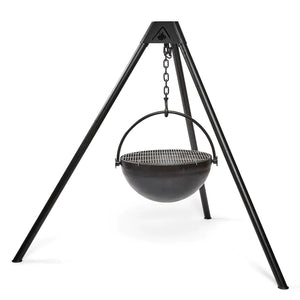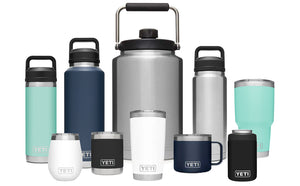How to sort and separate laundry in 4 steps
Learn why and how to separate clothes for washing
Why is sorting laundry so important? While most people know the anecdote about a red sock turning a load of whites pink, sorting your clothes before washing them is actually an important step in caring for your wardrobe. Use our guide to learn how to separate and organize clothes by colour, fabric type and more.
1) How to organize clothes by colour
Most people know that sorting laundry begins by separating white clothes from dark ones. However, some experts think that you should go even further and organize clothes by shades. Start by putting together a pile of clothes that are completely white – no patterns or embroidery.
The next group should include whites with prints or embroidery, along with pale yellow shades. Brights go into a separate pile – think colours like red, orange, bright yellow, light blue, green and so on.
Lastly, take a look at your dark clothes. While you should be safe grouping them together, you may consider separating purples, blues and other dark colours from brown or black fabric. This may help keep brown or black dye from darkening other colours.
2) How to separate laundry by fabric type
In addition to sorting laundry based on colour, you should also know how to separate laundry by fabric type. This may seem like an extra step, but it can actually go a long way towards keeping your clothes in good shape.
When clothes are washed, they make contact with each other continuously throughout the wash cycle. Heavier fabrics are more abrasive, which can cause too much wear and tear on delicate clothes and result in tearing or other damage.
Before tossing clothes into the washing machine, double check labels – set aside any clothes that are hand wash or dry clean only. From there, separate clothes into heavy duty fabrics (like denim), daily wear fabrics and delicates.
In addition, consider washing synthetics separately from natural fabrics to avoid colour transfer from one to the other. If you have new clothes, wash them on their own for the first few cycles. New clothes tend to bleed dye more readily, and you don’t want that new blouse to ruin all your other ones!
To further protect your clothes, remove all items from pockets, secure all fasteners (zippers, buttons, hooks, etc.) and turn the clothes inside out.
3) Set aside heavily soiled items
Now that you know how to organize clothes by colour and separate clothes for washing, there’s one more step to take. Look over your clothes and check for stains, dirt or heavy soiling. Set aside these items and pre-treat the stains based on fabric type. Separate by colour and fabric, then wash these clothes on a longer cycle using a water temperature and cycle appropriate to the fabric type. (For example, don’t put a delicate cotton top through a hot, heavy duty cycle).
Doing this helps prevent dirt or stain particles from settling onto other clothing. After the wash cycle is complete, remove your clothes and check to see if the stain is gone. If not, repeat the process or air dry the item until you’re able to wash it again.

4) Additional laundry sorting and separation tips
Before you wash new clothes or clothes made from natural fibres, it’s always a good idea to check for colourfastness. Mix a tablespoon of laundry detergent with a cup or two of water that’s at wash temperature (cold, warm or hot). Next, dip a small corner of the item into the water. If the water becomes coloured, the clothing will need to be washed on its own.
In addition to colourfastness, it’s also a good idea to check your clothes for damage. Wash cycles can exacerbate loose threads, holes or other problems, so repair these items before cleaning them.


















